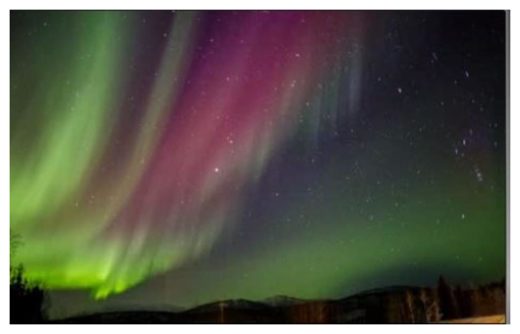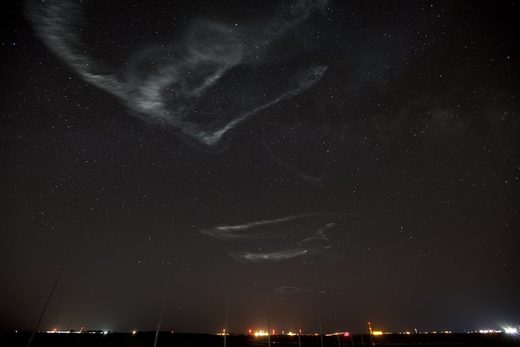OF THE
TIMES
Heaven and hell are eternal places because they are always present at the extremes of human existence, for better or for worse. People are constantly choosing between them, although they are generally not conscious of that in an articulated manner.
이 주제에 대한 당신의 글이 맞습니다. 제가 이 사이트를 어떻게 썼는지 보세요. 정말 좋습니다. [Link]
The problem are not simple-minded, impressionable black women ...
'More Bad News on the Pole Shift' Suspicious0bservers [Link]
Quote: "However, lawyer Brian Knowles stressed the tragic timing of these deaths was not cause for suspicion ." Nothing to see here, move on.
The scientists broadcast a type of GREETING call called a 'whup/throp' through underwater speaker. When the call was played through the water,...
To submit an article for publication, see our Submission Guidelines
Reader comments do not necessarily reflect the views of the volunteers, editors, and directors of SOTT.net or the Quantum Future Group.
Some icons on this site were created by: Afterglow, Aha-Soft, AntialiasFactory, artdesigner.lv, Artura, DailyOverview, Everaldo, GraphicsFuel, IconFactory, Iconka, IconShock, Icons-Land, i-love-icons, KDE-look.org, Klukeart, mugenb16, Map Icons Collection, PetshopBoxStudio, VisualPharm, wbeiruti, WebIconset
Powered by PikaJS 🐁 and In·Site
Original content © 2002-2024 by Sott.net/Signs of the Times. See: FAIR USE NOTICE


Isn't that where the Harp array is situated. for the US.
Now what could be happening there?